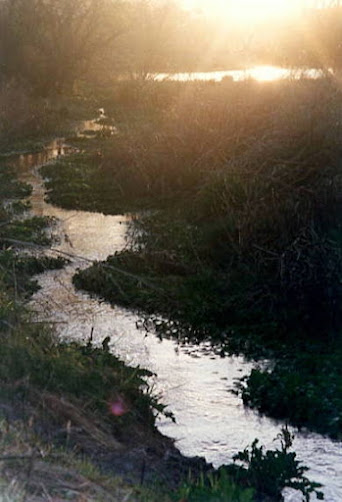Wonderful Warblers
Since moving into our Arivaca home in the fall of 2016, Uno
and I have felt very lucky to have seen many different warbler species visiting
our garden throughout the year.
There are so many interesting things to see when watching warblers!
Their small, slim bodies and their short, narrow bills are the most consistent way to visually identify them from other small songbirds, even if you don’t get a clear view of their colors. That bill shape enables them to easily pick insects out of small bark crevices or from the undersides of leaves, and that body shape enables them to be very agile in changing direction mid-flight to catch flying insects.
But, oh, if you do see their plumage, what a treat: from the black and white “formal attire” of the Black-throated Gray Warbler to the bright yellow patches on the Yellow-rumped Warbler and the jaunty black “beret” atop the sunny yellow Wilson’s Warbler, they are dressed up so fine!
However, be prepared to get only brief glimpses of warblers, as they all tend to move very quickly through trees and shrubs as they forage for food, and despite their coloration, somehow they manage to blend into the scenery when at rest. Most also tend to stay in the upper canopy and/or briefly dart out into the sky to hunt gnats like a flycatcher. Warbler-watching can definitely be a neck-craning sport.
Southern Arizona has one special warbler found only in desert areas that have Mesquite or Saguaro forests that are also in riparian areas: the Lucy’s Warbler. This bird’s pale gray “suit” might look drab at first glace, but its complete white eye-ring and cinnamon-brown crown and rump feathers give it gorgeous highlights. It’s also extra secretive and as small as a goldfinch, and it sometimes even flocks with them (or perhaps is just purposefully hiding within their midst). Unlike most warblers, which nest in trees and shrubs or on the ground, Lucy’s Warblers are one of only two cavity-nesting warblers in the United States, and the only one west of the Rocky Mountains. This need for hollow areas within tree trunks increases the rarity of their preferred habitat, but fortunately the Arivaca area is the perfect place for these birds to find what they need! However, that is true only if property owners preserve their old Mesquites that are becoming hollow, leave standing snags (dead trees) wherever possible, and/or create nest boxes with a size and shape suited for these warblers. Lucky for bird-lovers and the Lucy’s Warbler, members of the Tucson Audubon Society have been studying their nesting behavior for years, and discovered that they like a triangular nest box with two exits! They sell Lucy’s Warblers nest boxes in their nature shop, and have also created free downloadable factsheets for building your own and how/where to place it. We feel so lucky that Lucy’s Warblers have been nesting near our home for the past couple of years, and visit our garden each day, right now with their offspring accompanying them. Building several nest boxes for them is going to be one of our fall and winter projects, so that we’re ready next spring for more pairs to move into our neighborhood. Another interesting things about Lucy’s Warblers is that they’re not as territorial as other birds when it comes to tolerating other nesting pairs close by. Perhaps the rarity of their preferred habitat has led to this behavior over the years, but that rarity can change if we pitch in to help!
If you’d like to know more about these wonderful warblers or any other birds that live or migrate through in the United States, visit the Cornell website at http://allaboutbirds.org. If you’d like to buy or build a nest box to help keep Lucy’s warblers thriving in the Arivaca area, visit the Tucson Audubon Society website at https://tucsonaudubon.org/lucys-warblers-and-nestboxes.
Photo credits:
- Yellow-rumped Warbler (Audubon's) by Dennis Paulson
- Nashville Warbler and Lucy's Warbler in birdbath by Emily Bishton
- Black-throated Gray Warbler by Emily Bishton
- Nashville Warbler "splish splash" photo and movie by Emily Bishton
- Lucy's Warbler at Saguaro nest by Dominic Sherony, Creative Commons Attribution-Share Alike 2.0 Generic license
- Lucy's Warbler at birdbath by Emily Bishton








